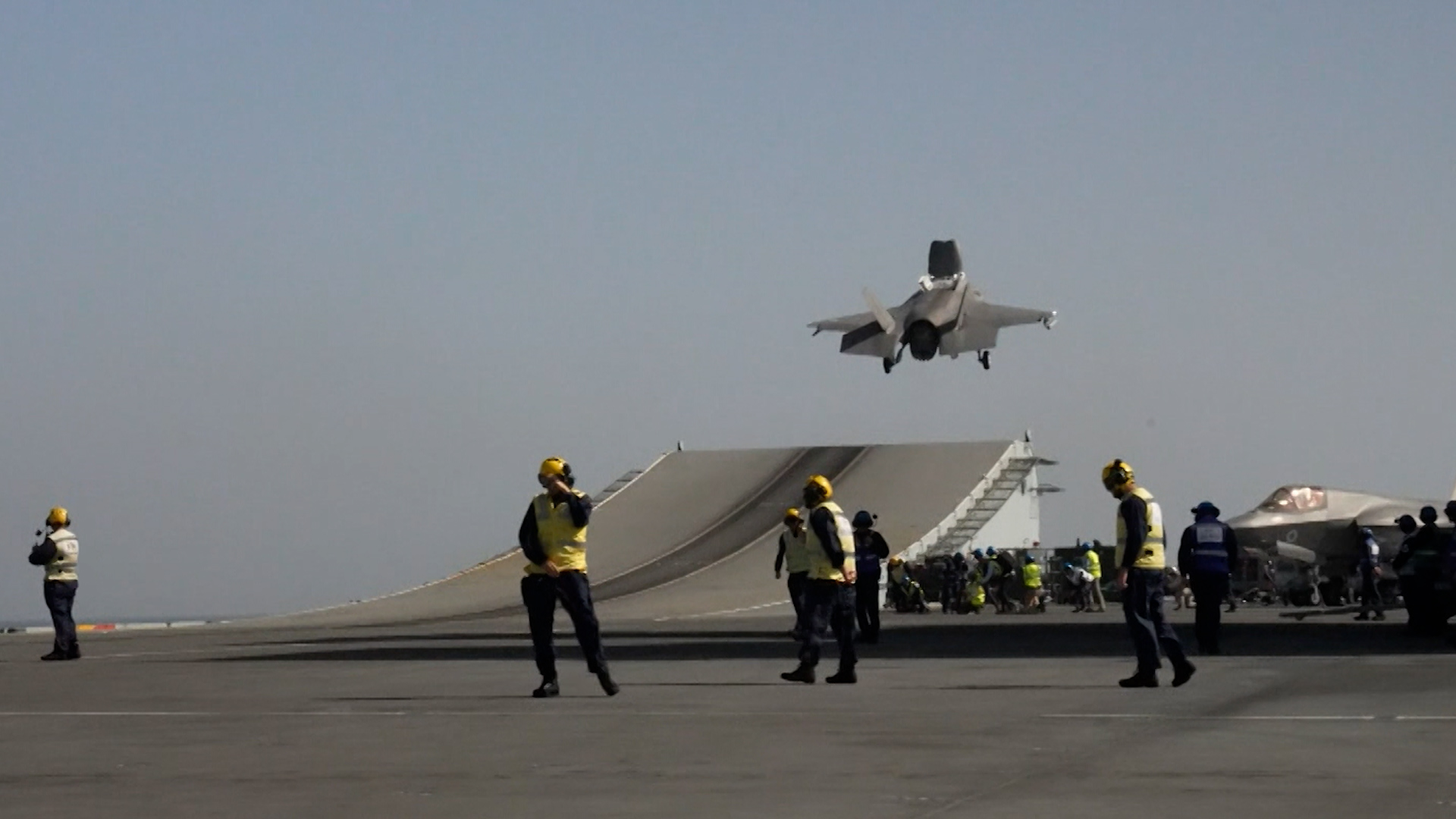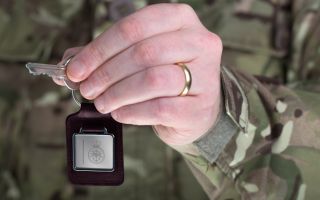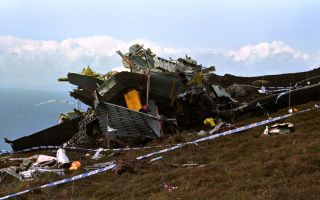Lift off: Ramp and catapult - which is best launch method for aircraft carriers?
Aircraft carriers have relied on technological concepts that are decades old in order to get their aircraft into the air.
The two most common methods are catapults and ramps, which are also known as ski jumps, with some modern carriers using a mixture.
Currently, Royal Navy aircraft carriers such as the flagship HMS Queen Elizabeth employ the use of a ramp, whereas US aircraft carriers use the catapult.
But which, if any, is "better"? Forces News has taken a look at the differences in an attempt to find out.
Ramp
Developed in the 1970s, the ramp or "ski jump" is a feature of the new Queen Elizabeth-class aircraft carriers, helping to launch the latest generation of jets.
It offers some advantages over the so-called "cat and trap" systems.
Ski jumps allow the aircraft to use their engines to take off unassisted, with the ramp adjusting their angle of attack for a safe climb away from the front of the ship.
Trevor Hollingsbee, a defence and security analyst, told Forces News: "It does enable the carrier to operate smaller, cheaper aircraft, and the carriers themselves are of course cheaper and more affordable.
"You have what's called a 'clearer deck' which means you can operate - and are currently operating - drones and various types of helicopters, sometimes simultaneously with the aircraft."
However, he said there are limits to the take-off weight of the aircraft that use this system, therefore limiting the amount of fuel and weapons they can carry.

Catapult
A catapult is sometimes seen as a more versatile and effective option for launching an aircraft from a carrier.
Mr Hollingsbee said that the catapult mechanism "really flings" the aircraft off the carrier, however unlike the ramp "it requires a great deal of equipment and a great deal of energy which has to be supplied to it".
Some reasons why a catapult may be preferred over a ramp on an aircraft carrier are:
- Speed: A catapult can launch an aircraft much faster than a ramp, allowing for a quicker launch of the aircraft.
- Distance: A catapult can launch an aircraft much farther than a ramp, allowing for greater flexibility in terms of where the aircraft can take off from.
- Weight: A catapult can launch heavier aircraft than a ramp, as the aircraft's weight is not as much of a factor in the launch.

Electromagnetic catapult
The US's newest aircraft carrier, the USS Gerald R Ford, on her first major deployment earlier this year was using the latest in aircraft launching technology - an electromagnetic catapult.
Mr Hollingsbee told Forces News: "It doesn't require the major machinery backup which the steam catapult requires, it is much less demanding on power and water.
"It can also launch various types of aircraft, at various weights, without requiring much adjustment between launches."
However, the defence and security analyst did highlight one key disadvantage of the newer electromagnetic launch process.
"It's been a very long gestation period, I think they are still speaking reliability with them," he cautioned.







